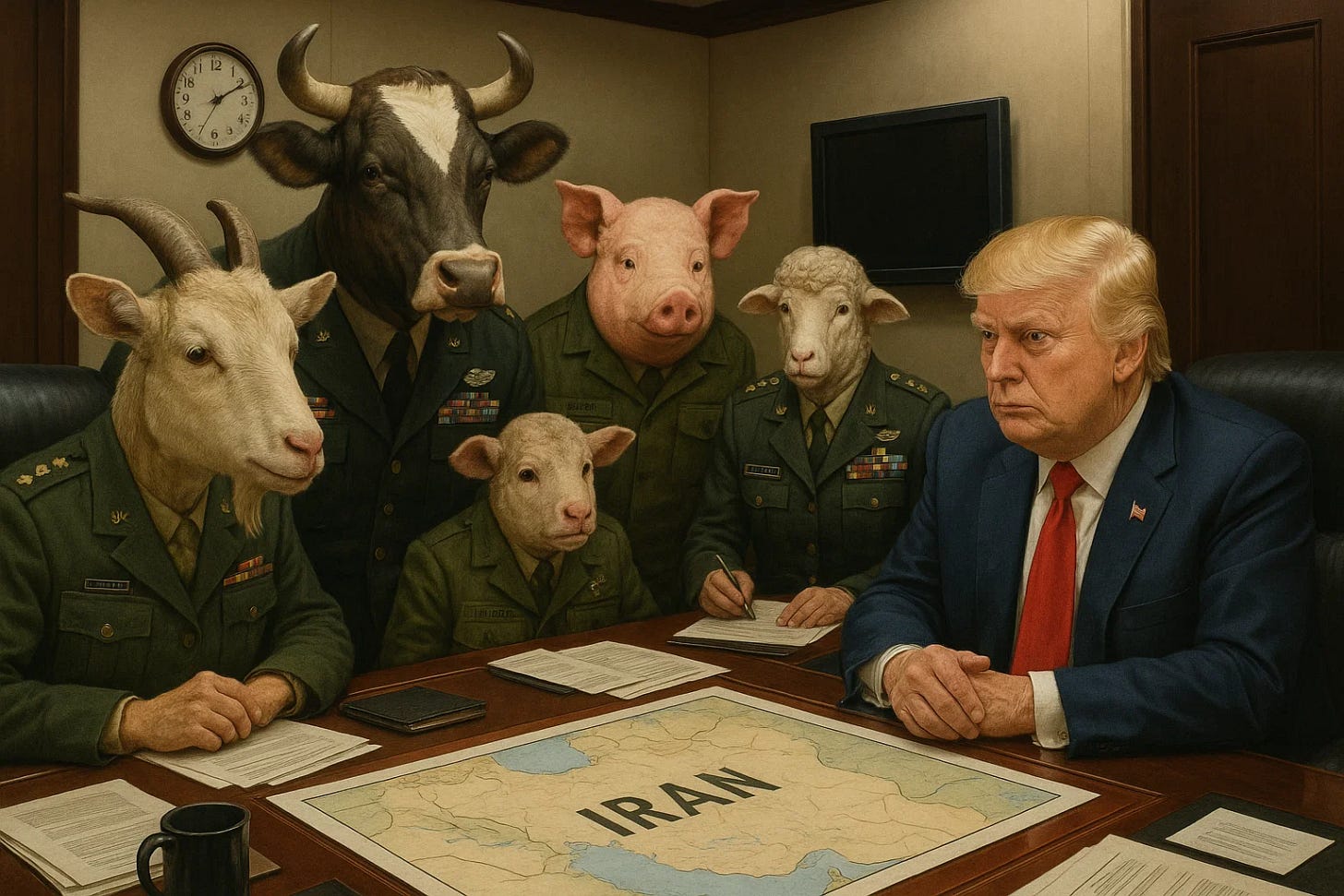Lessons of the Week
I spent the early part of my career at McDonnell Douglas. Then, with Boeing through a merger. More on the defense side of the business, but ultimately managing R&D strategy across the company, working for the CTO. We worked on issues that spanned 20-30 years in the future, anticipating the progression of technology and the associate…
Keep reading with a 7-day free trial
Subscribe to Creative Destruction to keep reading this post and get 7 days of free access to the full post archives.


